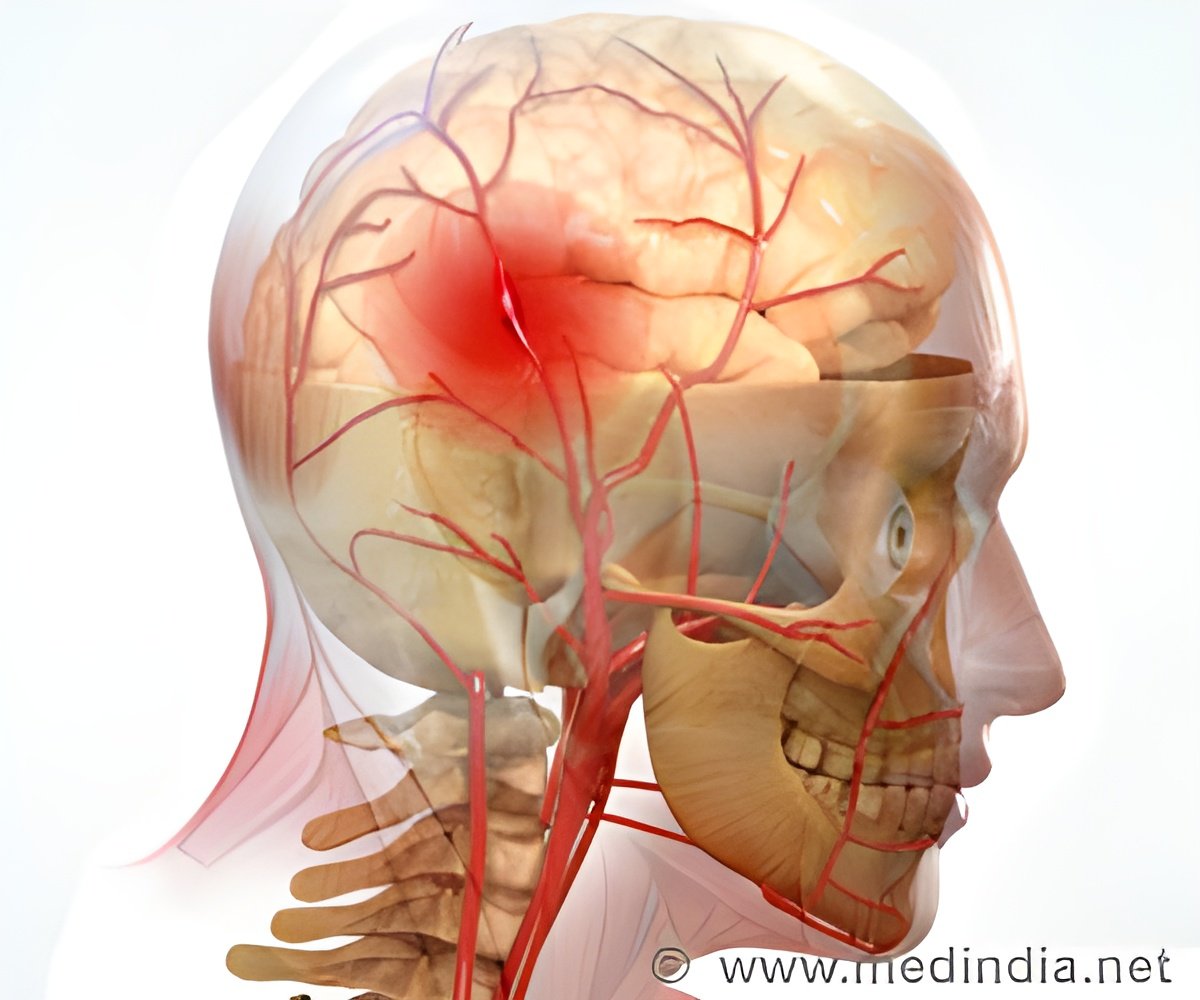
Patrick D. Lyden, MD, chair of Neurology and director of the Stroke Program at Cedars-Sinai Medical Center, has revealed "Five Sudden, Severe Symptoms," that could signal the onset of a stroke.
Sudden numbness or weakness of the face, arm or leg on one side of the body.
Sudden confusion, trouble speaking or understanding.
Sudden trouble seeing on one side.
Sudden, severe difficulty walking, dizziness, loss of balance or coordination.
Advertisement
Any of these symptoms can occur in a mild, fleeting way and not be worrisome, but if any one of them comes on suddenly and is quite severe, it could signal the onset of a stroke, which increasingly is described as a "brain attack," because like a heart attack, a stroke requires immediate action to improve the odds against disability and death.
Advertisement
"Clot-busting" drugs make it possible in some cases to stop a stroke in progress and even reverse damage. But the crucial element is time. If given within three hours of onset, the drugs improve outcomes by about 30 percent.
Not every hospital or stroke center has the facilities, staff or resources to provide complete care for every stroke patient, but many hospitals and health authorities are collaborating to establish regional stroke-treatment networks to be sure that even the most complex cases are rapidly transferred to a center with the needed level of care.
Still, no amount of readiness can make a difference unless someone recognizes the symptoms and calls emergency medical service providers.
Source-ANI












